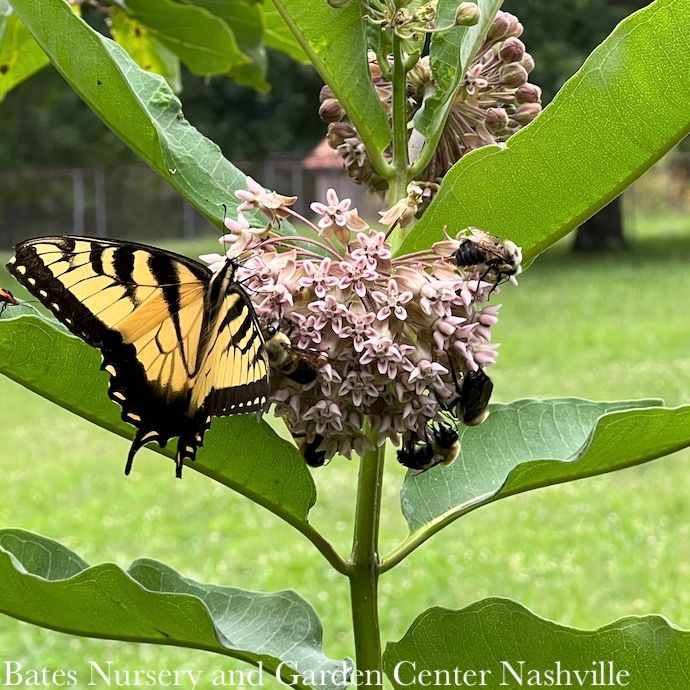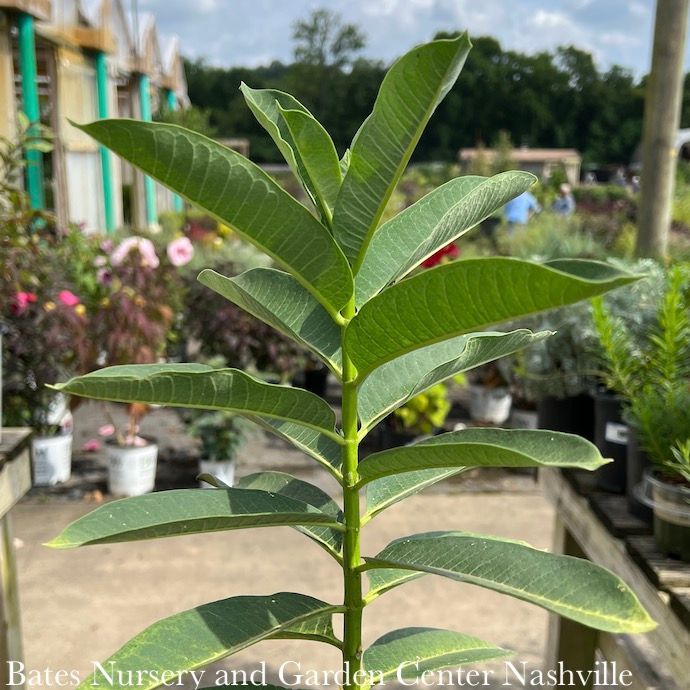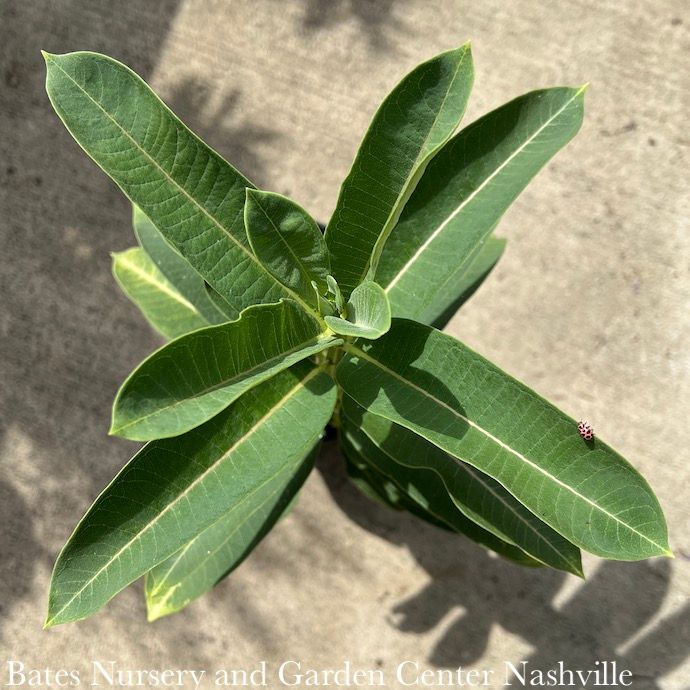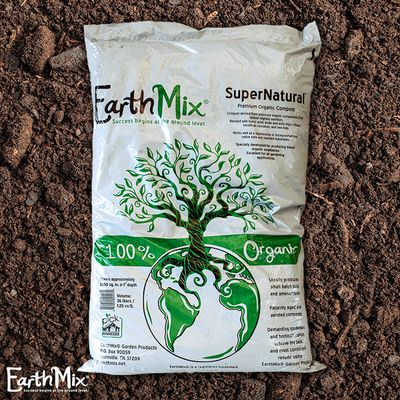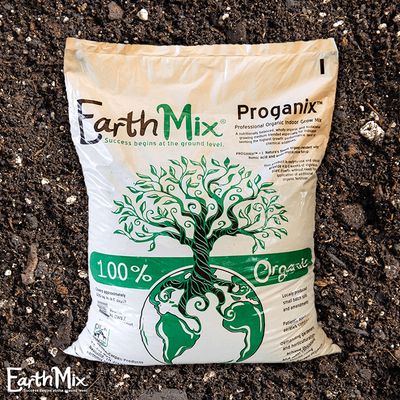4P Asclepias syriaca/ Common Milkweed Native (TN)
4P Asclepias syriaca/ Common Milkweed Native (TN)
SCIENTIFIC NAME: Asclepias syriaca
COMMON NAME: Common milkweed/Syriaca milkweed
GARDEN SIZE: 2-3 ft. tall ususally (can reach 5-8 ft tall) x .75-1 ft. wide
GROWTH RATE: Moderate to fast
USDA ZONE: 3 to 9
EXPOSURE: Full sun
WATER & SOIL: Dry to medium; well-drained soils
HABIT (FORM): Somewhat weedy and long-limbed lumps of stout, upright stems
FOLIAGE: Somewhat long oblong light green leaves
FLOWERS: Fragrant clusters of pinkish-light purple flowers June-August. Most often pink.
FRUIT: Conspicuous 2-4-inch seed pods that split open when ripe releasing numerous silky-tailed seeds to be carried on the wind.
PLANT ORIGIN: Native to Eastern North America
WILDLIFE SUPPORT: Sole host plant for the monarch butterfly. Feeds native bees, moths, and butterflies. Attracts beneficial insects and hummingbirds.
FERTILIZING: Give a root stimulant or 4-3-3 fertilizer during initial planting, then feed lightly in late winter or early spring with compost or an organic fertilizer. Avoid pesticides.
PRUNING: Cut back to just above soil level in early spring. Deadheading can encourage additional blooming. Leave the seedheads in place over the fall and winter to support wildlife.
TOXICITY FLAGS: Toxic to dogs, cats, and horses. Human ingestion is commonly considered toxic, though it can be edible when prepared by those who are knowledgeable. Research strongly recommended. The white latex sap can also irritate the skin and eyes if touched.
USES: Meadows, prairies, pollinator gardens, naturalized/native plant areas.
NOTE: Dried milkweed fibers can be used to make sturdy twine!
